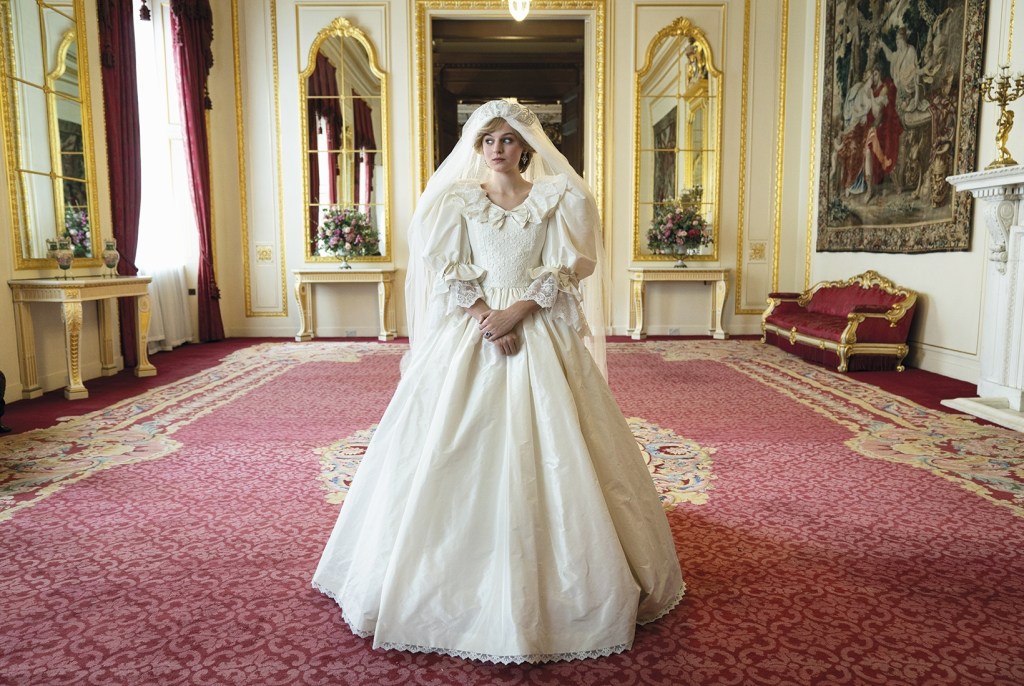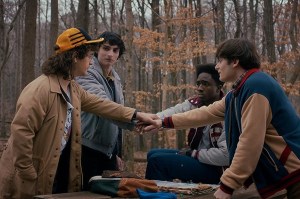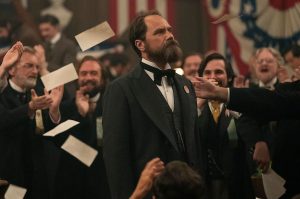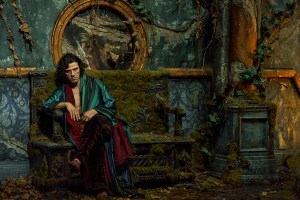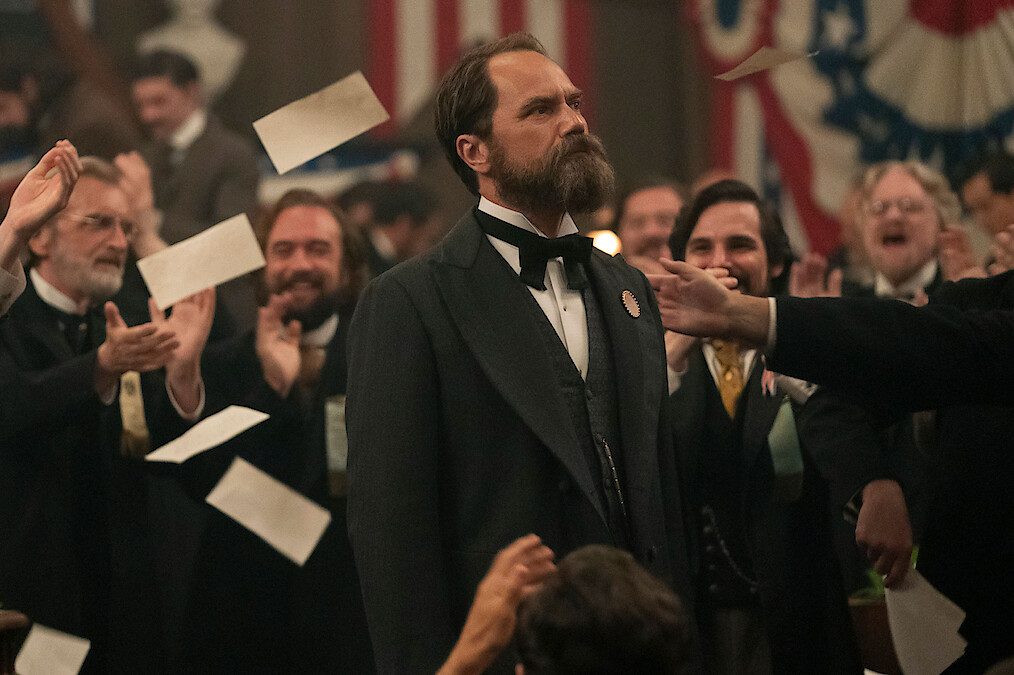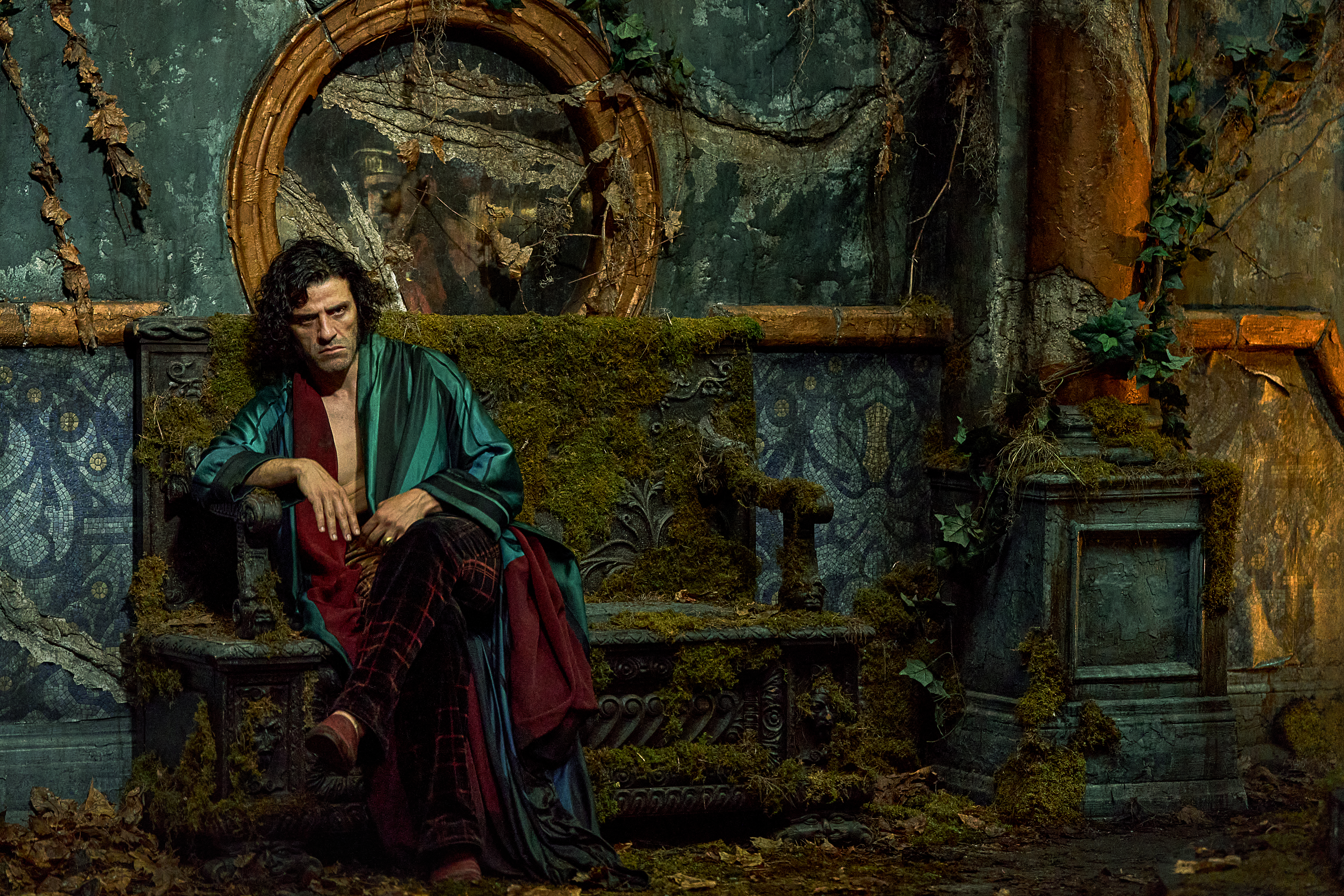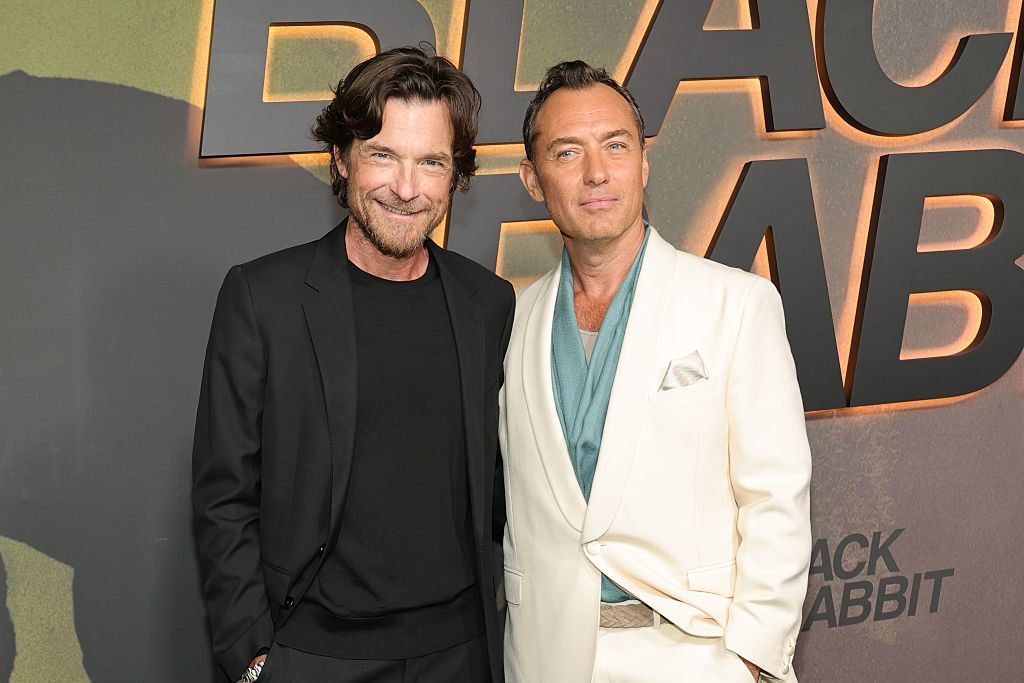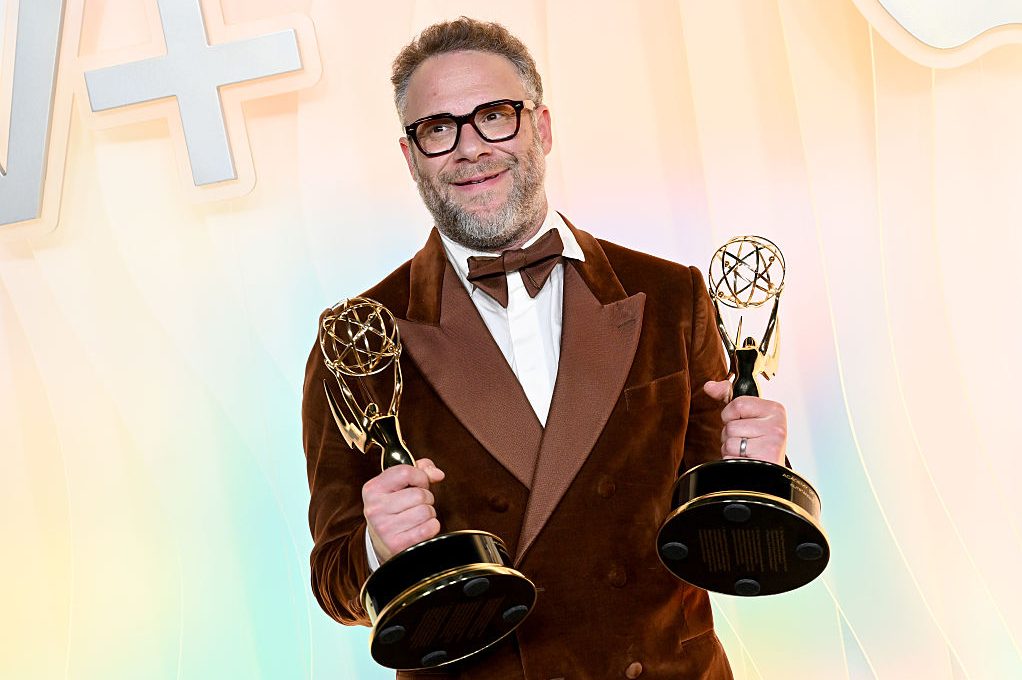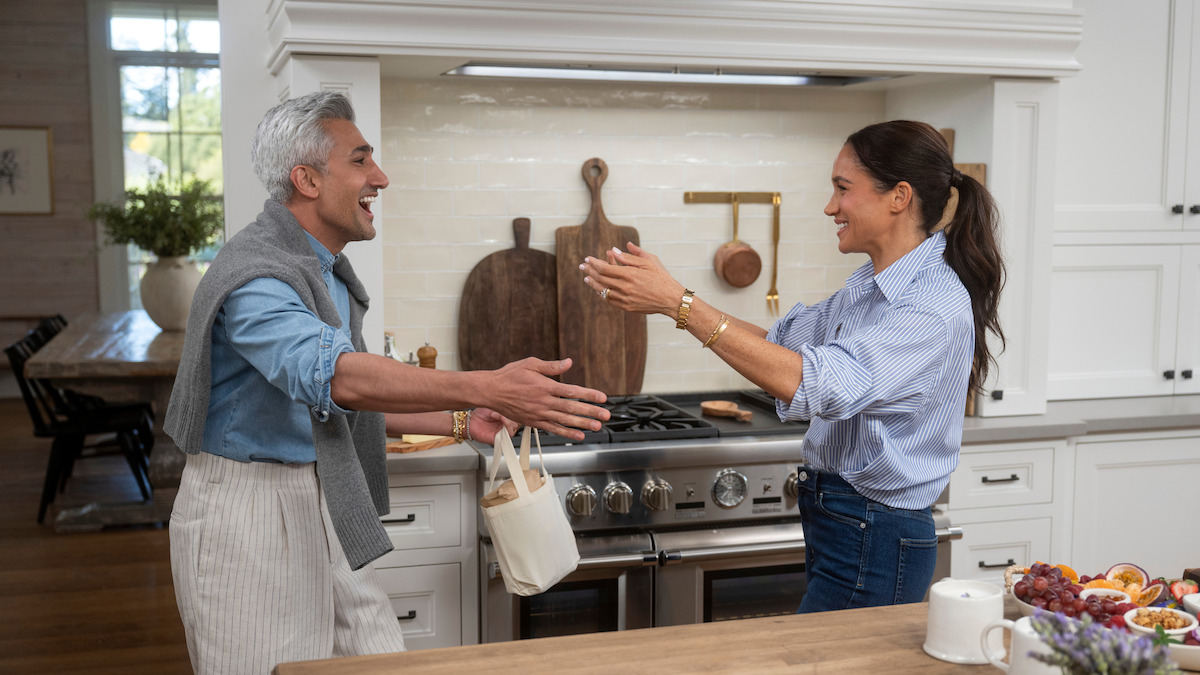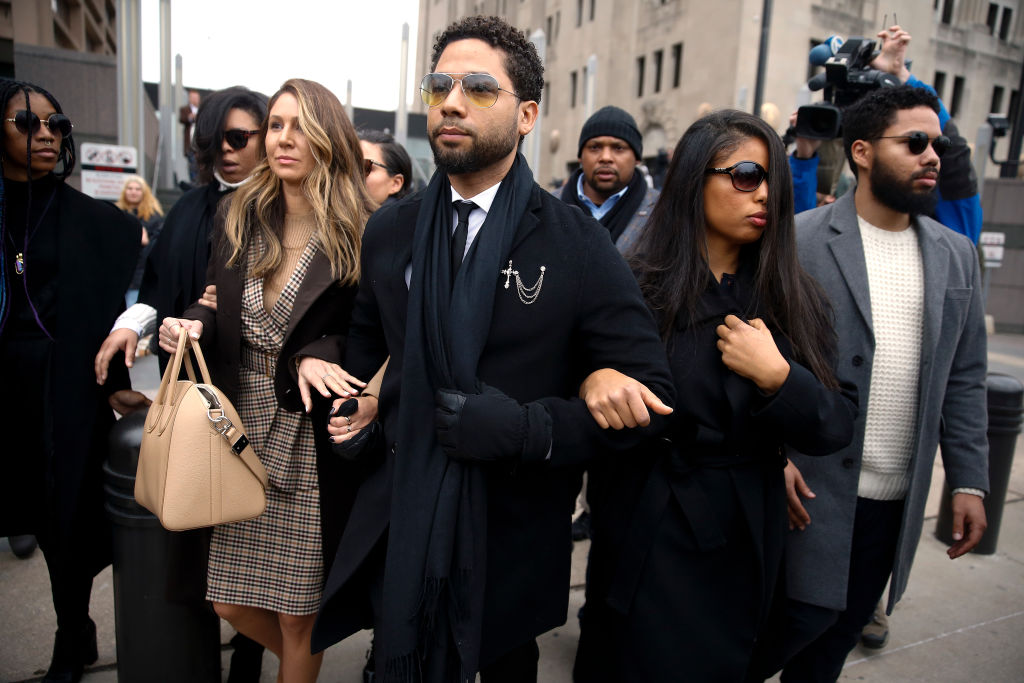‘We have to stop it now!’ says Princess Margaret (Helena Bonham Carter), smoking another cigarette, obviously. She’s talking about the impending royal wedding between her nephew Charles and a pretty but gauche young thing called Lady Diana Spencer. Spoiler alert: none of the family will listen.
Yes, The Crown is back on Netflix for its fourth season, and naturally I skipped straight to the episode that will be of most interest to everyone: the royal engagement and its aftermath. Why is this subject so grimly, pruriently, enduringly fascinating? Because even though it really did happen and many of us remember it vividly, it yet has the fantastical implausibility of the kind of stories we read as children: Cinderella meets the macabre tale (‘Be bold, be bold, but not too bold’) of Mr Fox maybe.
Quite often when watching The Crown I find myself wanting to shout at the screen: ‘That never happened, you bloody pinko troublemaker.’ At the same time, though, you’ve got to hand it to screenwriter Peter Morgan, he does know how to wring out every last drop of psychological drama from stories with which we might otherwise feel overfamiliar.
There’s a scene, for example, where Diana — then a kittenish 19-year-old — interrupts Princess Margaret, mid-anecdote, as she’s regaling the senior royals with a yarn about Imelda Marcos, and finds herself in an H.M. Bateman-esque etiquette scene from hell. To whom does she curtsey first? Well, the Queen obviously. But who takes precedence after that? ‘Don’t curtsey to her. She’s not royal. Just grand,’ sneers Margaret, as the helpless Diana whirls round looking for guidance from the frosty, unsympathetic faces. Charles, who ought to be gallantly rescuing his fiancée at this point, is, of course, perfectly useless.
Did this actually happen? Well, it seems unlikely. Surely, you’d think, the royal family would be eager to accommodate the future mother of their heir to the throne. And surely they wouldn’t be quite so cussedly snobbish to a girl who is herself the daughter of an Earl — so hardly below the salt.
But then again, I do remember a friend telling me once what it was like going to one of the Christmas parties at Balmoral. When they’re in Scotland — at least in theory — the royals are in relaxed family mode. They couldn’t have been less friendly, though, according to my source: all of them were standoffish, including the younger ones, all behaving, as my friend put it, as if they had a poker up their arse. So I just don’t know the answer: no, it would make no sense to treat young Diana this way; but, yes — Morgan’s thematic thread throughout, of course — they are an exceedingly weird, dysfunctional family.
Emma Corrin, by the way, is utterly beguiling as Diana — giggling excitedly with her Earl’s Court flatmates about having bagged her Prince Charming (or so she briefly thinks), pootling around in her battered Mini Metro (even posh people were so much poorer in those days), seeking solace in her Walkman and her ballet exercises in the lonely, gilded emptiness of her Buckingham Palace prison.
[special_offer]
Then she gets to meet Camilla (Emerald Fennell) — appropriately enough in the fashionable restaurant Ménage à Trois — and she realizes it’s even worse than she’s thought. Worldly, sexy, redolent of country sports and rogering, Camilla is everything the helpless fawn creature Diana is not. ‘He’s so fussy and set in his ways, he’ll love it if you adapt to him,’ advises Camilla, having advised on her ex-lover’s various foibles — never eats lunch, shuns garlic, has to have a soft-boiled egg with everything. Realizing the fairy tale is over before it has even begun, Diana responds by stuffing her face bulimically with lots of pudding. (This being 2020, there’s a health warning before the program starts: ‘Includes scenes of an eating disorder which some viewers might find troubling.’)
We never get to see the royal wedding itself. (Sensibly, I think. It would have been a waste of budget, especially since it’s in our collective memory anyway.) But we do see enough of Diana’s irritation with Charles at the rehearsal to realize that she’s going to exact a terrible price for agreeing to go through with this charade: she will become more popular, more iconic, more enduring than stilted, stuffy, unromantic (‘Whatever “in love” means’) Charles could ever be.
With uncharacteristic subtlety, this is hinted at more than stated. After another solitary rollerskating session round Buck House with her pink gingham trews and Walkman playing 1980s hits, Diana is given her post. Even at this early stage, it’s enormous. People all around the world identify with her and love her. She writes the first of many replies in her rounded, adolescent hand. This could, we suspect, be the start of something huge…
This article was originally published in The Spectator’s UK magazine. Subscribe to the US edition here.



